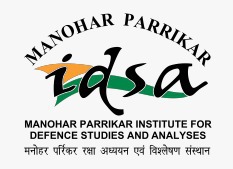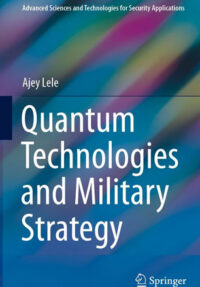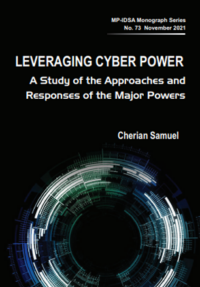The US Concept and Practice of Hybrid Warfare
The term ‘hybrid warfare’ has been used by American military experts for more than a decade already. However, until recently, there was no officially accepted definition of the term, and, thus, an ambiguity existed over its meaning. As per the analysis of recent local conflicts in the Middle East and Ukraine by the US political and military elite, hybrid warfare is a conflict where actors blend techniques, capabilities and resources to achieve their objectives.
- Vladimir I. Batyuk
- September 2017











